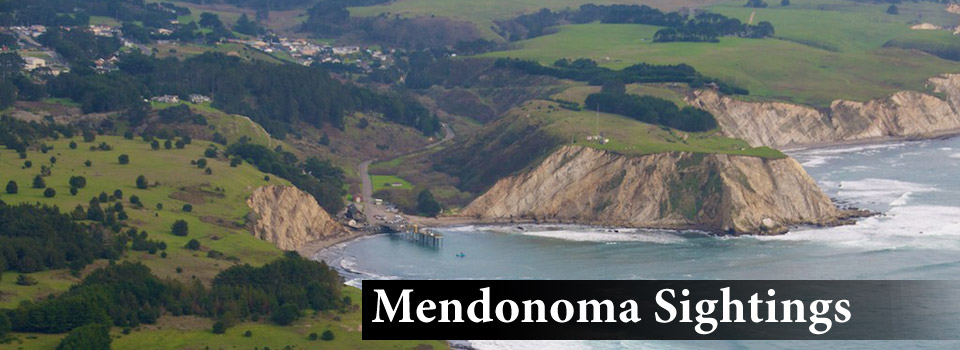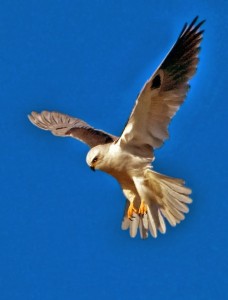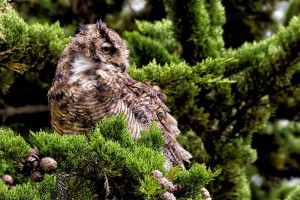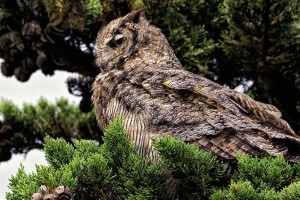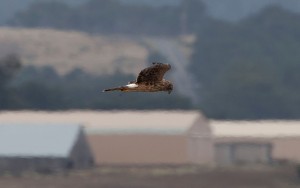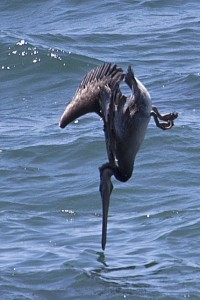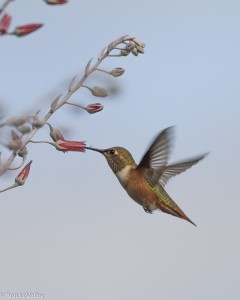Kathy Bishop came across two Great Horned Owls that were roosting. She snapped a couple of photos and then beat a quick retreat. One of Kathy's photos was published in yesterday's Independent Coast Observer in my Mendonoma Sightings column. You can see it on-line at mendonoma.com. The other two photos I am pleased to share with you here.
What beautiful owls! Here it what the Cornell Lab of Ornithology says about Great Horned Owls:
"With its long, earlike tufts, intimidating yellow-eyed stare, and deep hooting voice, the Great Horned Owl is the quintessential owl of storybooks. This powerful predator can take down birds and mammals even larger than itself, but it also dines on daintier fare such as tiny scorpions, mice, and frogs. It’s one of the most common owls in North America, equally at home in deserts, wetlands, forests, grasslands, backyards, cities, and almost any other semi-open habitat between the Arctic and the tropics."
That stare is a little intimidating! Their call is the "hoo hoo" call. Hear it at this link:
http://www.allaboutbirds.org/guide/great_horned_owl/sounds
Last year Rick and I were privileged to take part in a release of two Western Screech Owls back into the wild, about ten miles north of where we live in Anchor Bay. Here is the link to learn more about this heartwarming event: http://www.mendonomasightings.com/2012/12/15/two-western-screech-owls-released-back-into-the-wild/
Thanks to Kathy for allowing me to share her photos with you here.
